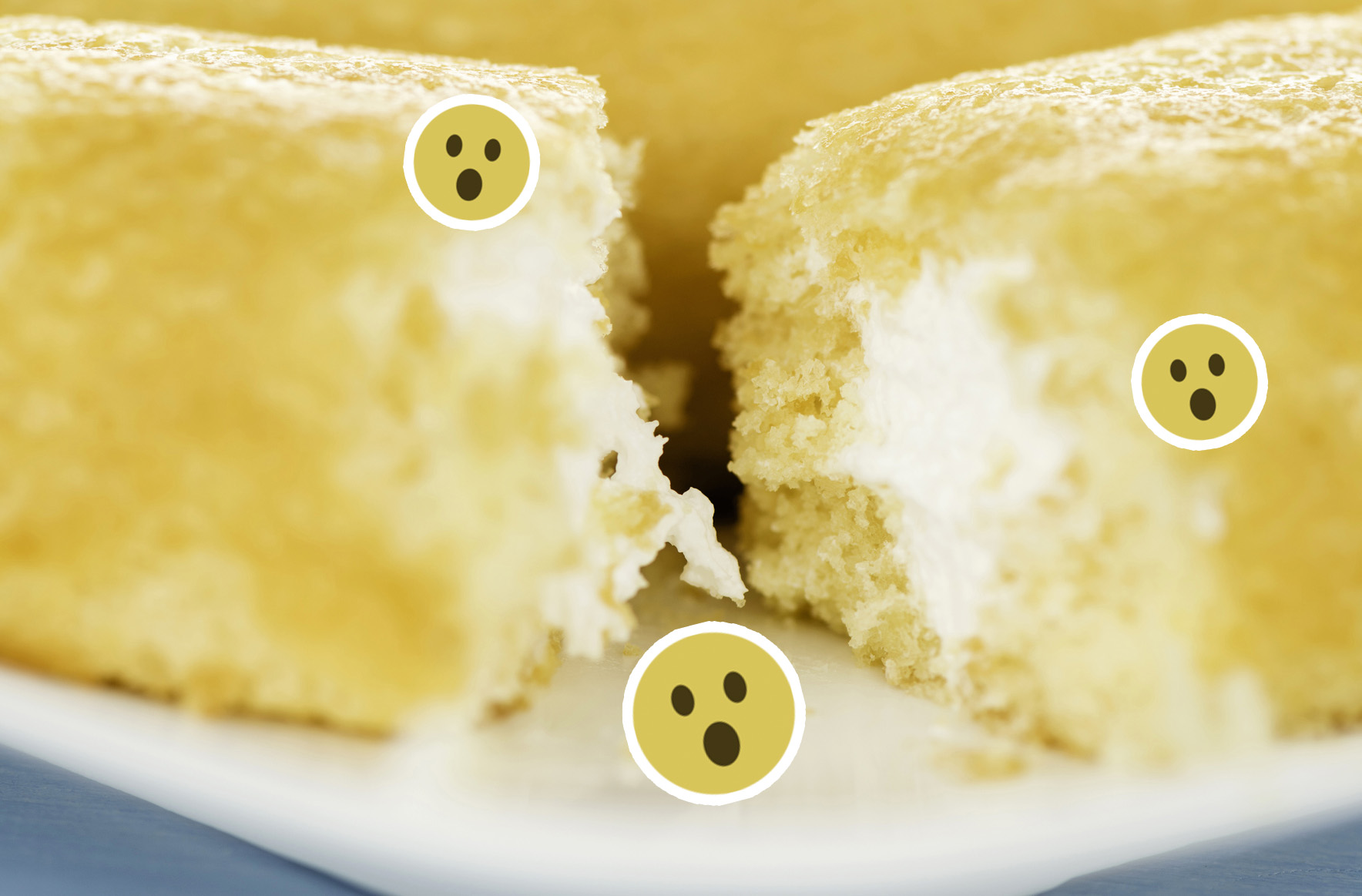For years, the death penalty has been a topic of controversy in the United States. Particularly before the advent of DNA testing, evidence largely relied on inaccurate sciences such as hair and fiber analysis. Recent scientific advances made it possible to more accurately determine who’s responsible for certain crimes, though. Now judicial officers rely on more than eye-witness testimonies.
Human rights organization Amnesty International put out a series of photos documenting the last meals of people who were put to death and later determined innocent. The pieces act as an argument against the death penalty, which the organization suggests is a cruel and inhumane form of punishment. Certainly, in the cases of these innocent victims, the death penalty failed them as well as those closest to them.
In many cases, police officers may have wanted quick convictions. Whether through shoddy investigative work, coerced confessions, or flimsily-built narratives about the alleged perpetrators, some officers falsely accused these men of crimes they didn’t commit. A slew of true crime documentaries revealed to the public that police investigations are not always accurate or sufficient.
Technology has improved and activists work toward holding police officers to different standards. However, while the death penalty persists as a form of execution in the United States, other innocent people may lose their life unjustly.
1. Claude Howard Jones Wanted Steak, Sausage, Six Slices Of Toast With Jam, And Eight Fried Eggs

Amnesty International
He was convicted of murdering liquor store owner Allen Hilzendager.
Jones was charged with taking Hilzendager’s life in a robbery gone wrong. Jones claimed he was waiting in the car while his friend robbed the liquor store. Because forensic science wasn’t as advanced in the 1980s as it is today, DNA testing wasn’t available. When detectives found a single hair, investigators compared it to Jones’s under a microscope. That was an inexact science, however.
The piece of hair authorities used to convict him ended up not being Jones’s hair at all.
Texas Department of Criminal Justice
Technologies progressed.
And authorities performed a DNA test on the hair. They found it belonged to the victim of the crime, not to Jones. Some argue that just because the hair wasn’t his doesn’t mean he couldn’t be responsible for the shooting. But it was the only piece of evidence placing him at the scene of the crime.
Jones’s legal counsel wrote to then-Texas governor George W. Bush, requesting a stay on the execution.
After a couple of decades, when DNA testing was made common, Jones’s lawyer, James DeLee wrote to Bush, apparently asking for a test on the strand of hair. But Bush seemed to ignore the request. Reports note, however, that Bush’s team never told him about the case or appeal. Bush previously had a record of advocating for DNA testing, though. He halted a case in the past until a test was performed on the evidence.
Consequently, Jones lost his life on December 7, 2000.
2. David Spence Wanted Three Beverages

Amnesty International
He requested tea, coffee, and Coke.
Spence ordered a range of beverages for his last meal in addition to french fries, fried chicken, and chocolate ice cream. His case ended up being highly contentious, though. Nothing linked him to the crime. But some suggest prosecutors were eager to charge him in two different trials for the crimes committed against three teenagers.
Spence Was Charged For A Brutal Murder

McLennan County Police
Authorities accused Spence of multiple offenses.
They believed he harmed 18-year-old Kenneth Franks, 17-year-old Jill Montgomery, and 17-year-old Raylene Rice. No physical evidence could prove he was at the scene of the crime, but investigators speculated it was a hit gone wrong. They created a narrative that Spence hired a gas station owner to kill one girl, but he accidentally killed another.
However, the police investigator now believes David Spence was innocent.
When authorities tested pubic hairs police found on the victims’ bodies, scientists determined the strands didn’t match Spence. In fact, the hairs likely belonged to whoever perpetrated the crime. The “witnesses” to Spence’s alleged crime were three people who were in jail. The state offered them special favors for information, and they later admitted to making the whole thing up.
Spence took his final breath on April 3, 1997.
3. Cameron Todd Willingham had tater tots, onion rings, pie, enchiladas, and ribs

Amnesty International
He was put to death for allegedly taking his daughters’ lives by intentionally setting fire to their home.
Willingham was sleeping when a fire broke out in his family’s home. He survived, as did his wife, who wasn’t in the house at the time. The couple’s three daughters perished. Forensic experts judged that the fire was started deliberately. And an informant incarcerated with Willingham claimed the father admitted to arson.
A later investigation turned up something groundbreaking.

Texas Department of Justice
Apparently, the science the forensic experts used wasn’t accurate.
In fact, it was completely flawed. Arson expert Gerald Hurst sent the governor and the Board of Pardon and Parole a report. In it, he suggested the forensic analysts’ findings were based on inaccurate science. The board ignored the report, however, and proceeded with the lethal injection.
The Chicago Tribune reported on the case.
After a story came out in the Chicago Tribune questioning the methods forensic analysts used, a group of arson experts carried out further investigation. All of them determined the science used to convict Willingham was inaccurate. Another incarcerated man, who was jailed on erroneous evidence similar to that in the Willingham case, was freed because of the investigation.
Willingham’s injection occurred on February 17, 2004.
4. Leo Jones Requested Steak, Potatoes, Toast, And Eggs

Amnesty International
He was convicted for the sniper shooting of a police officer.
But authorities were not completely sure about his guilt. In fact, even before Jones’s execution, the case against him unraveled. The main witness recanted his statement. Moreover, two police officers who were instrumental in the case left the department under controversial circumstances.
A police officer beat Jones to coerce a confession.

Florida Dept. of Corrections
But, apparently, no one addressed the offense in time.
In an investigation following Jones’s lethal injection, the Chicago Tribune found evidence that Jones’s claim that a police officer beat him to force a confession was likely true. A detective, who at Jones’s trial testified the incident never happened, recanted his statement. He shared that he actually witnessed the police officer beat Jones.
Witnesses identified a different man as the shooter.
In fact, more than a dozen witnesses claimed to see a man who was not Jones carrying a rifle and fleeing the crime scene. The likely killer, Glenn Schofield, put his rifles in Jones’s apartment during a drug deal on the day of the shooting. Jailhouse informants also told officials Schofield admitted to shooting the officer in question.
Jones, unfortunately, lost his battle for justice on March 24, 1998
5. Ruben Cantu Wanted Rice And Fried Chicken Before His Execution

Amnesty International
He was convicted for shooting two men in a home invasion.
Police interviewed the surviving man, and he identified Cantu as the perpetrator. Years later, however, the man told reporters he felt pressured by authorities to name Cantu as his shooter. Cantu was only 17 at the time of the crime, though. And had no prior convictions. He was the fifth teenager executed by the state of Texas.
David Garza, Cantu’s co-defendant in the crime, said he lied during his testimony.

Texas Department of Corrections
Garza told a jury and police that Cantu was with him the night of the home invasion.
He later recanted, however. Garza went on to sign a sworn affidavit; it stated Cantu was not with him the night of the crime. Apparently, Garza allowed Cantu to be falsely convicted. There was no physical evidence connecting Cantu to the crime.
A woman on the jury scolded police for their lack of thoroughness.
Miriam Ward, who served on the jury in Cantu’s case, said the jurors did the best with the evidence they had. But she reprimanded police, stating that “with a little extra work, a little extra effort, maybe we’d have gotten the right information.” Authorities never interviewed witnesses who could have provided an alibi for Cantu that night.






